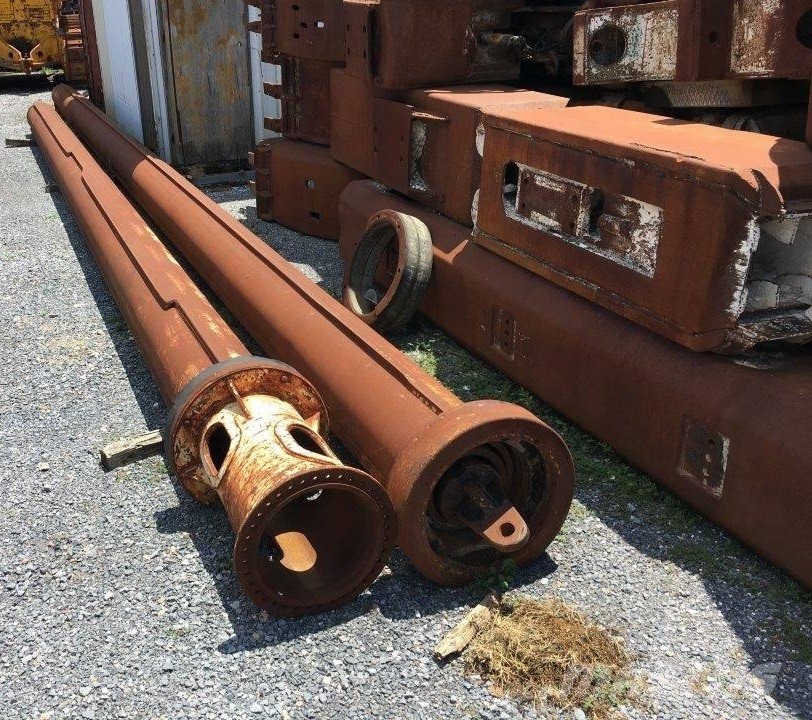
Introduction:
In the realm of rotary drilling, where precision, efficiency, and safety are paramount, the choice of equipment can make all the difference. One such crucial component is the Kelly bar. Serving as a connection between the rotary drilling rig and the drilling tool, Kelly bars come in various types, each designed to cater to specific drilling needs. In this blog, we delve into the different types of Kelly bars and their applications in the realm of rotary drilling.
Friction Kelly Bars:
Friction Kelly bars are the most commonly used type in rotary drilling. They are characterized by their smooth surface, which allows them to slide freely within the drilling rig. These bars rely on friction between the bar and the drilling rig for torque transmission. Friction Kelly bars are suitable for a wide range of soil conditions, including cohesive soils and rocks.
Interlocking Kelly Bars:
Interlocking Kelly bars feature a series of interlocking segments that can be added or removed to adjust the length of the bar according to the drilling depth. This modular design makes them highly versatile, allowing for easy customization based on specific project requirements. Interlocking Kelly bars are particularly useful in projects that involve varying drilling depths or limited access.
Telescopic Kelly Bars:
Telescopic Kelly bars consist of nested tubes that can be extended or retracted hydraulically. This telescopic design enables them to reach greater depths without the need for additional extensions. Telescopic Kelly bars are ideal for deep drilling applications where precision and stability are essential.
Casing Kelly Bars:
Casing Kelly bars are designed to facilitate the installation of casing tubes during drilling operations. Unlike conventional Kelly bars, casing Kelly bars feature a wider diameter and specialized attachments for handling casing tubes. This type of Kelly bar is commonly used in projects that require the installation of casing for structural support or groundwater control.
Kelly Bars with Auger Heads:
Some Kelly bars come equipped with auger heads, allowing for simultaneous drilling and soil removal. These auger-equipped Kelly bars are particularly useful in projects that involve drilling through loose or sandy soils where conventional drilling methods may be inefficient. By combining drilling and soil removal into a single operation, these Kelly bars enhance productivity and efficiency on the job site.
Conclusion:
The diversity of Kelly bars in rotary drilling underscores the importance of selecting the right equipment for the task at hand. Whether it's navigating challenging soil conditions, reaching significant depths, or installing casing tubes, there's a Kelly bar suited to meet every drilling need. By understanding the different types of Kelly bars and their applications, drillers can optimize performance, enhance safety, and achieve successful outcomes in their projects.
Contact us with any enquiries!
T: +44 (0) 1642 206100
E: sales@sigmaplantfinder.com
Disclaimer: This blog post contains content generated by an artificial intelligence (AI) model. While we have made efforts to ensure the accuracy and quality of the information provided, it is important to note that AI-generated content may not always be error-free or fully aligned with current standards, regulations, or the latest research. We recommend using this information as a starting point for your research and analysis, but we strongly encourage you to verify the facts, consult experts, and cross-reference the content with trusted sources before making any decisions or drawing conclusions based on the information presented in this blog post. The views and opinions expressed in this content are not necessarily those of the blog's author or publisher, and we cannot be held responsible for any consequences that may arise from its use.
